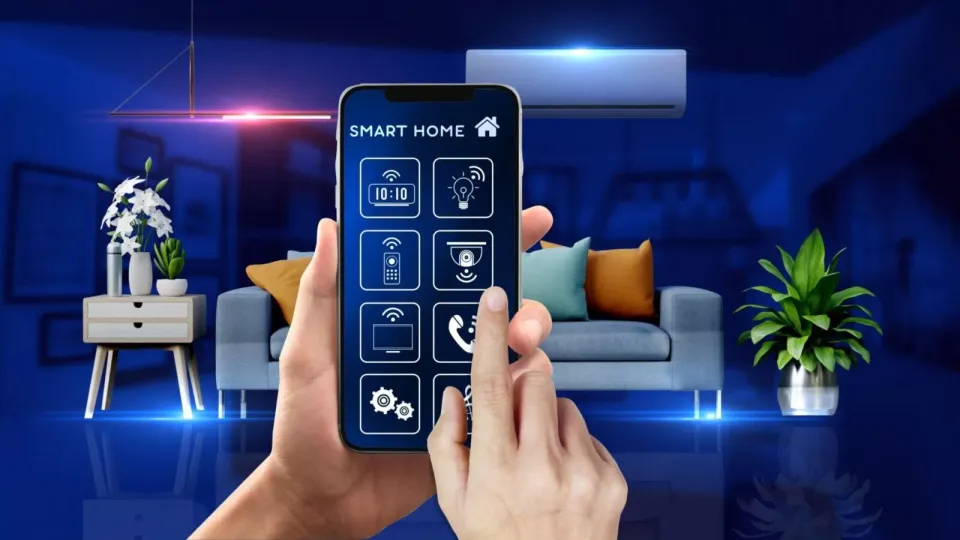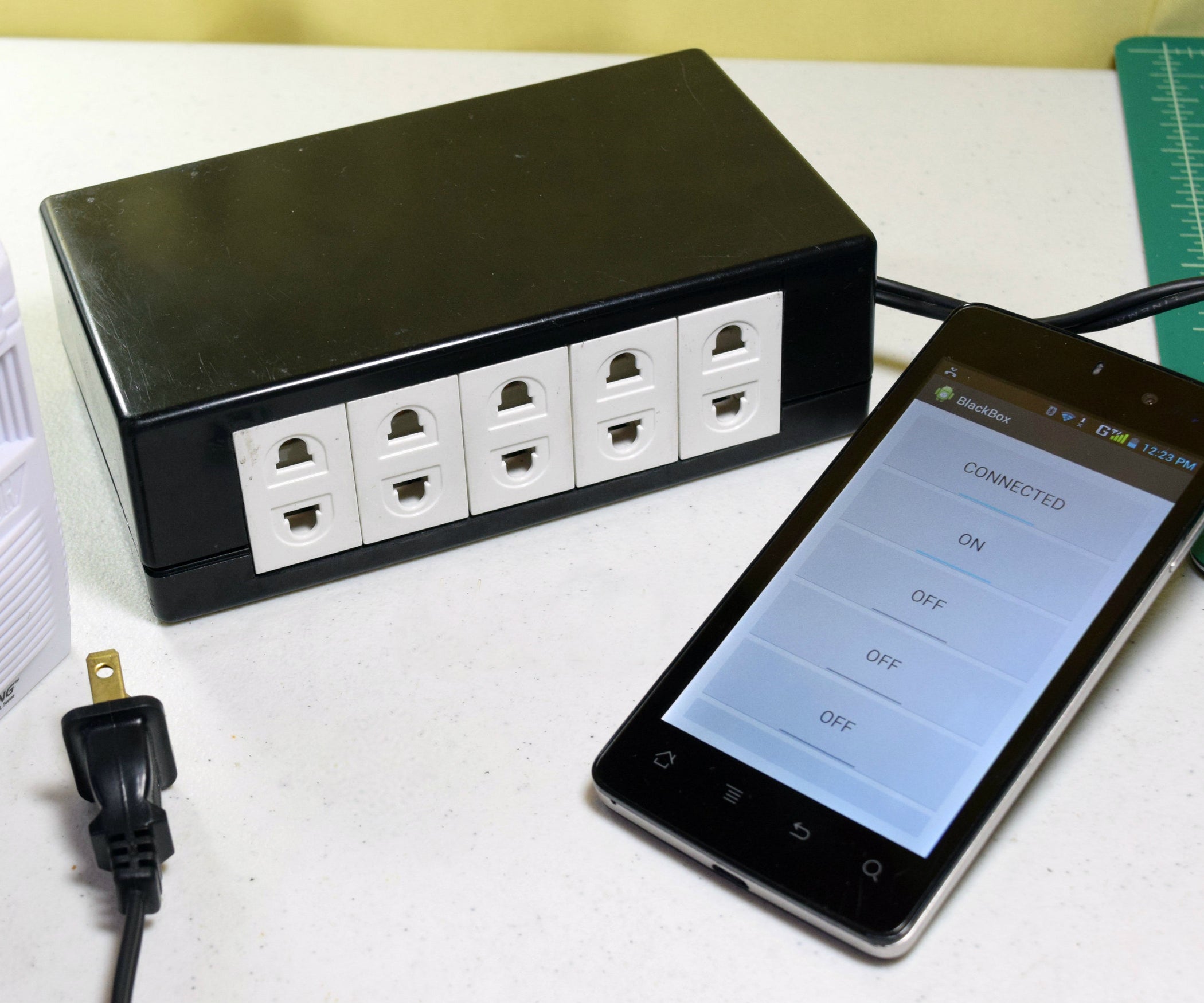20251EIOT2: Home Automation

In today’s fast-evolving digital age, home automation is transforming the way we live by introducing intelligence, convenience, and security into our everyday environments. Also known as a "smart home" system, home automation refers to the automatic and electronic control of household features, activities, and appliances.
Brief Description & Functionality
Home automation refers to the use of smart technology to control and automate household appliances and systems, enhancing convenience, comfort, and energy efficiency. This technology allows homeowners to remotely monitor and manage devices such as lights, thermostats, security cameras, and even kitchen appliances through their smartphones or voice commands.
From setting up automated schedules to responding to environmental changes, home automation systems offer a seamless integration of technology into everyday living.
At its core, home automation is about integrating various devices and systems within a house—such as lights, fans, security alarms, air conditioners, and entertainment systems—into a centralized network that can be monitored and controlled remotely. This is often done through a smartphone, tablet, or voice assistant.

How Does It Work?
Home automation systems typically consist of three main components:
- Sensors – These detect changes in the environment (e.g., motion, temperature, light).
- Controllers – Devices like smartphones or dedicated remotes used to send commands.
- Actuators – These carry out the commands, like turning on lights or locking doors, usually through relays, motors, or switches.
Modern home automation uses the Internet of Things (IoT), allowing devices to communicate with each other over Wi-Fi or Bluetooth. For example, a motion sensor can detect movement in a room and automatically turn on the lights or send a notification to your phone.
Common Features
- Remote Access: Control your home from anywhere via a mobile app.
- Voice Control: Use assistants like Google Assistant or Alexa to operate devices.
- Energy Management: Schedule appliances and monitor energy usage.
- Security & Surveillance: Smart locks, cameras, and alarm systems for enhanced safety.
- Automation Routines: Set up rules like "Turn off all lights at 10 PM" or "Turn on AC when temperature exceeds 28°C".
Benefits
- Convenience: Save time by automating repetitive tasks.
- Energy Efficiency: Reduce electricity bills through smart scheduling.
- Security: Real-time alerts and surveillance help protect your home.
- Accessibility: Especially useful for elderly or differently-abled individuals.
Market Survey
https://www.amazon.in/IOTICS-Switch-Control-Assistant-Automation/dp/B0953VDDD2?th=1
Useful Resources

Skills Required
1. PCB Design
2. Circuit Simulation
3. PCB Milling
4. SMT Soldering
5. Electronic Testing
6. CAD design
7. 3D Printing SLA
8. Acrylic sheet cutting
9. ESP32 Programming

